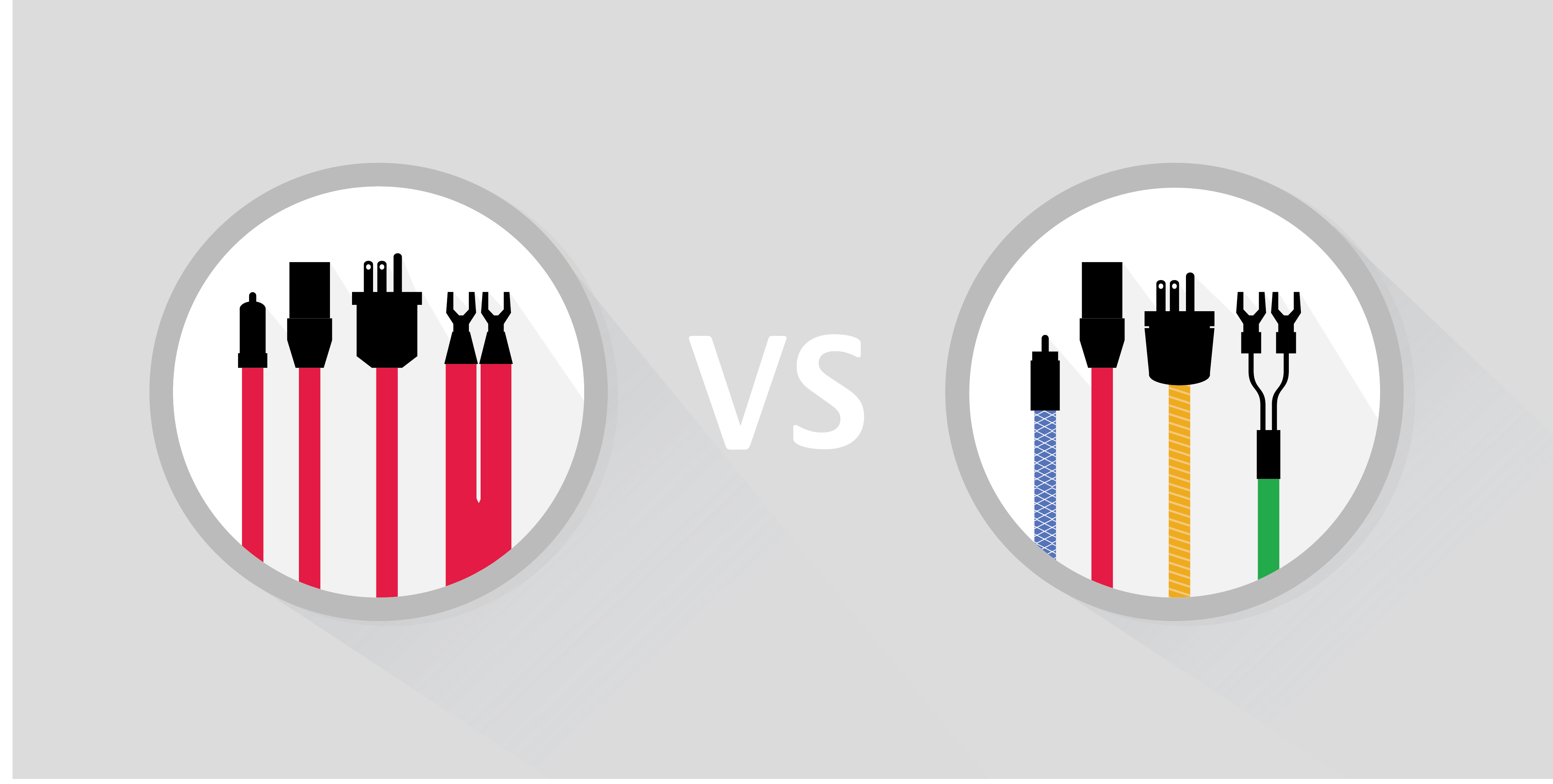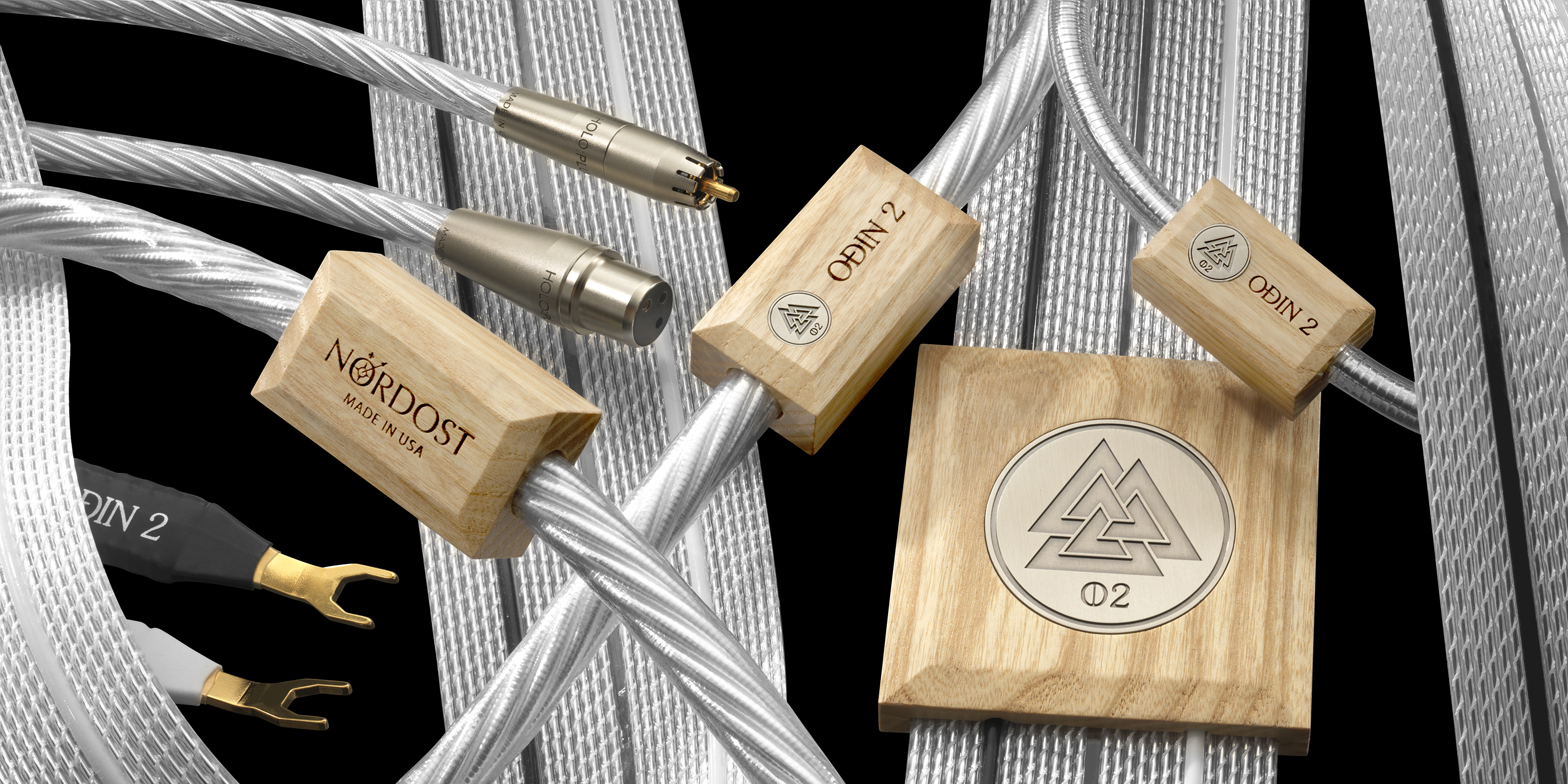Sound Advice
Why use the same brand of audio cables throughout your HiFi system?
Often times when hifi talk comes around to cabling, you will hear people preaching the importance of using one brand of cables throughout an entire system. But what possible difference could mismatched brands make—especially if they are all eminent companies each with upstanding products?

Each cable manufacturer constructs their products in different ways. They use a variety of different materials and employ a range of specialized technologies to create a core cable design. As a result, companies (and sometimes ranges within each company) tend to have their own sonic signature. The quality and timbre of each brand’s sound may be brassy, light, bass-heavy etc. There are some cable manufacturers that strive to reach a particular “type” of sound with their products by using filters and network boxes. On the other hand, Nordost’s aim is a more neutral sound, filtering as little as possible so that you are left with the music as it was originally intended. Ultimately, it is up to the listeners to determine their own opinion on the merits of each cable’s sound.

What is undeniable is that the effect of mixing cable brands and their respective sonic signatures can have mixed results. If you are lucky, the cables will balance themselves out and you will be left with a pleasant sounding system, but more often than not different cable brands clash, leaving you unable to hear the composition of your system as it was intended. When that happens, you get to deal with the fun task of finding where the problem lies through trial and error.
Besides not being able to find the cable that may be less desirable than others, mixing cable brands makes it harder to determine weaknesses in your components. You may find yourself wondering if thin sound should be blamed on your speakers or your speaker cables, if the slow-timing is the fault of your pre-amp or interconnects. Upgrading a hifi system can become that much more frustrating and time-consuming when it is not clear what upgrades need to be made.
By using a uniform loom of cables, or at the very least using cables that use the same core technology, you are no longer faced with these problems. There is no need to “balance out” a system, weaknesses are easier to assess and fix, the components are all on a level and comparable playing field, and you are able to achieve a greater coherency from start to finish.
The original article can be found on Nordost’s Official Website – http://nordost.com/blog/category/nordost-tech-talk/page/2/


